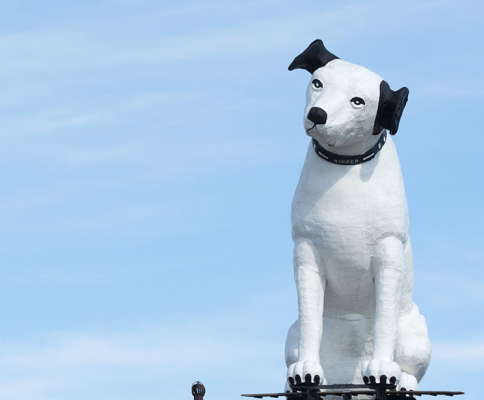Each region of the nation has its own distinctive history and identity. The New York’s Capital Region—consisting of Albany, Rensselaer, Schenectady, and Saratoga Counties—is no different. But what best identifies the region? What events, objects, people, and ideas have contributed to its character and uniqueness?
To learn the answers, we presented these questions to the numerous museums, historical organizations, libraries, and residents of the Capital Region. The fifty objects that were ultimately selected present an exciting history of the Capital Region, including well-known favorites but also unexpected surprises. Some of the fifty objects characterize very broad topics like the textile industry and the Hudson River School of art, while others embody large populations of people who shaped the character of the region, such as the Dutch and the Iroquois. Many objects represent specific people or events, such as writer William Kennedy and the Battle of Saratoga. In some instances, the objects represent themselves, like the GE Monitor Top refrigerator and Albany’s beloved Nipper statue. A complementary image accompanies each of the fifty objects, providing context and additional information.
Overall, the fifty objects clearly demonstrate that this narrowly circumscribed part of New York State has played an astonishing role in shaping the history of the nation and, in several instances, the world beyond the confines of our national borders.


